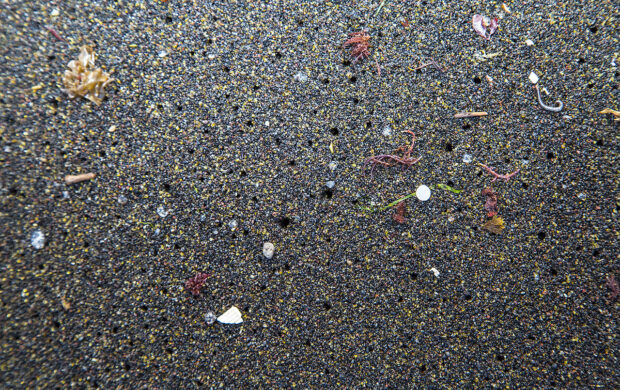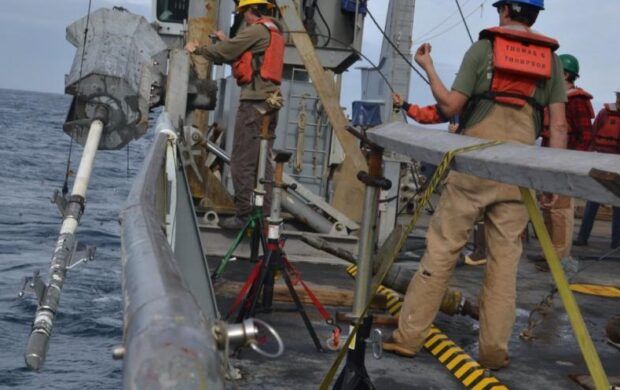The long-haul seaplane, which is able to fly over a much greater distance than a conventional seaplane, is being explored as the new trajectory for trans-Atlantic travel by London based Aeronautics academics Dr Levis and Professor Varnavas Serghides.

Their streamlined design concept tackles the engineering flaws of the conventional seaplane. For instance, the new design incorporates bat-like ‘blended’ wings as an alternative to the ‘tip float’: a weighty component of conventional seaplanes that adds stability but also drag. The designers aim to place the engine on the top of the plane to combat the risk of water logging and noise pollution below.
So far, the jumbo seaplane is only a concept, but Levis and Serghides are optimistic about the future for long-haul seaplane travel. The tools, materials and technologies need to facilitate its creation already exist. They estimate jumbo seaplanes are about 10 years from realisation.
Although to be more fuel sustainable than conventional airplanes, jumbo seaplanes would have to hold over 800 passengers. Dr Levis admits “[jumbo seaplanes] still couldn’t quite beat what the current state-of-the-art land planes consume, especially at smaller sizes”.
However, there is a possibility for large planes to store and run on hydrogen fuel, which offers a much more sustainable solution to jet fuel.










